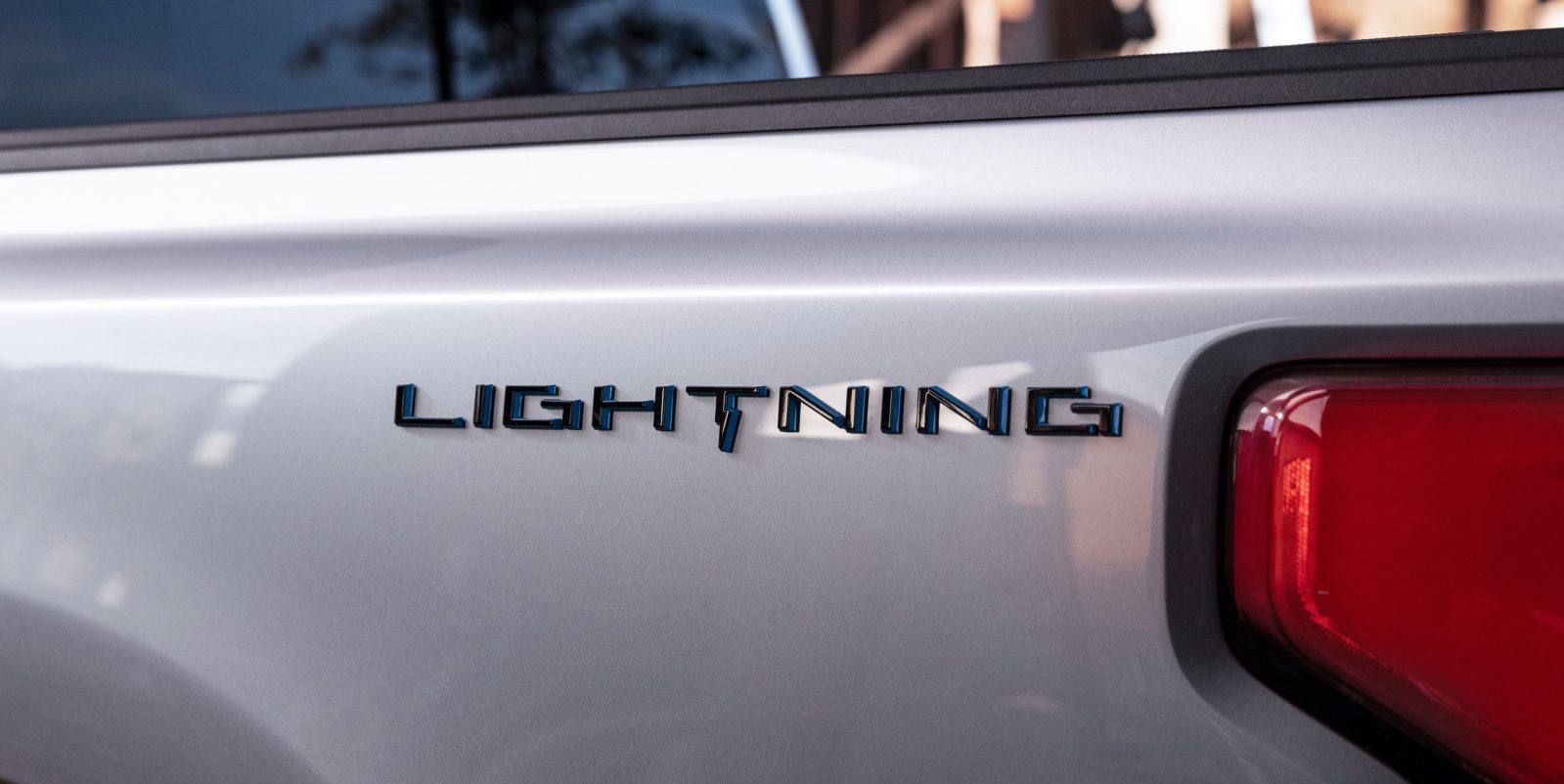Does Ford think its EVs qualify for the full $7,500 IRA tax credit? Here’s what its CEO said

Here’s what Ford CEO Jim Farley said during the company’s Q3 2022 earnings call about whether the company’s electric vehicles would qualify for the Inflation Reduction Act’s (IRA) full $7,500 tax credit.
The post Does Ford think its EVs qualify for the full $7,500 IRA tax credit? Here’s what its CEO said appeared first on Electrek.
Here’s what Ford CEO Jim Farley said during the company’s Q3 2022 earnings call about whether the company’s electric vehicles would qualify for the Inflation Reduction Act’s (IRA) full $7,500 tax credit.
Here’s how the IRA tax credit, which will run to 2032, will work for new EVs:
- EVs that are purchased August 16, 2022 or later must have final assembly in North America to be eligible.
- The credit is worth up to $7,500, and it consists of two requirements, each adding up to half of the credit.
- To be eligible for the $3,750 battery portion of the credit in 2023, 50% of the vehicle’s battery must be assembled or manufactured within North America. The required percentage goes up by 10% every year until it reaches 100% in 2029.
- The other $3,750 of the credit consists of the critical minerals requirement. A certain percentage of the battery’s critical minerals must be extracted or processed domestically or within a country with whom the US has a free-trade agreement. In 2023, that’s 40%, and then it peaks at 80% in 2027, where it stays until 2032.
- Beginning in 2023, vans, SUVs, and pickup trucks must have an MSRP of $80,000 and under to qualify.
- Sedans and passenger cars are capped at $55,000 in 2023.
Ford CEO Jim Farley noted in his opening statement that the company has already broken ground on its new BlueOval SK battery plants in Kentucky. Domestic battery assembly/manufacturing = check.
He also said that the company’s “team is making great progress in securing raw materials, importantly the processing of those raw materials and the battery capacity that we need.” (Farley didn’t elaborate further on that in the call, so TBD for critical minerals.)
In regard to the IRA proving beneficial to Ford itself on the battery production front, Farley said:
From ’23 to ’26, we estimate a combined available tax credit for Ford and our battery
partners could total more than $7 billion with large step-up in annual credits in ’27 as our [joint venture] battery plants ramp up to full production.
He then made a second point about commercial EV tax credits for customers:
I haven’t actually read anyone in the media covering this, but it’s super important for Ford. And that’s the commercial EV credit. You know that Ford is the number one commercial vehicle brand in the US, and our commercial customers can now claim next year $7,500 per EV vehicle they buy with no restrictions on battery sourcing or manufacturing. Our preliminary estimate is that between 55% and 65% of all of our commercial vehicle customers will qualify.
Farley has a point about it being interesting from a business journalism standpoint. Tesla doesn’t make light and medium duty commercial EVs. Rivian makes them, but it will be busy supplying Amazon for a long time. So Ford is extremely well positioned to sell a lot of commercial EVs.
His third point was about retail sales:
Ford EVs and our PHEVs remain eligible for the $7,500 tax credit until guidance is issued at the end of this year. Next year, we believe we’ll meet the $3,750 critical minerals credit requirement on certain Mustang Mach-E and F-150 Lightning models. In ’24, the rules will further restrict this critical materials credit. So, we believe it’s a fairly level playing field right now for all the OEMs as our supply chain of critical minerals extracted or processed in the US and FTA develops.
What’s intriguing is Farley’s reference to “certain models.” There are four F-150 Lightning models. The Pro starts at $51,974, and the Lariat starts at $74,474. (The Platinum costs more than the $80k cap.) There are likely pragmatic reasons for some models meeting the critical minerals credit requirement and others not meeting it, such as battery size. And, my colleague Jameson Dow asked partly tongue in cheek, “Will one model get its cobalt from the US and another from the DRC?”
The optics will matter to car buyers. Will Ford look as though it’s prioritizing the lower end, making the F-150 more affordable to the general public, or will the company look as though it’s trying to move more expensive models off the lot by dangling the tax credit carrot to high net worth individuals?
We’ve reached out to Ford about this and will update if we hear back.
We’ll also be sure to keep an eye on which Ford EVs qualify for which level of IRA tax credit.
UnderstandSolar is a free service that links you to top-rated solar installers in your region for personalized solar estimates. Tesla now offers price matching, so it’s important to shop for the best quotes. Click here to learn more and get your quotes. — *ad.
FTC: We use income earning auto affiliate links. More.
Subscribe to Electrek on YouTube for exclusive videos and subscribe to the podcast.

